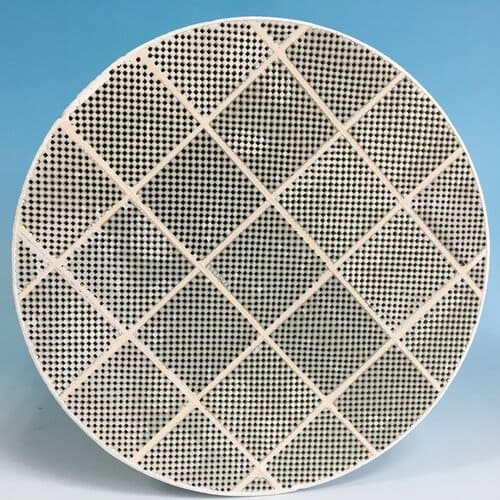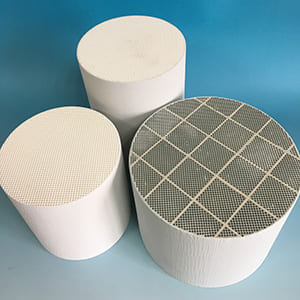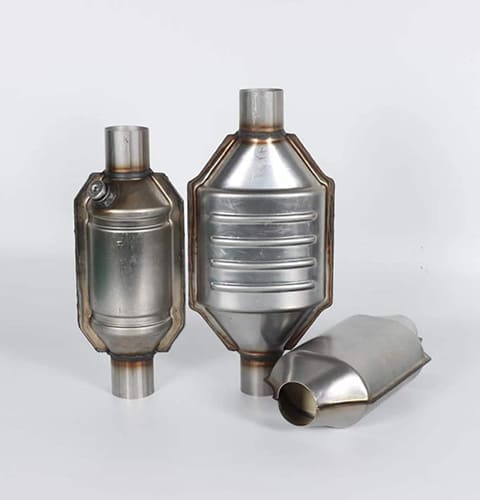In the rapidly evolving automotive industry, Diesel Particulate Filters (DPFs) have emerged as a critical component in the quest for cleaner air and reduced emissions. Businesses involved in automotive manufacturing, parts supply, or environmental technology need to have a thorough understanding of DPFs. What are they, why are they essential, and how do they impact both the environment and the automotive industry?
A Diesel Particulate Filter is a device designed to remove diesel particulate matter(PM) or soot from the exhaust gas of a diesel engine. This is particularly important as diesel engines, known for their efficiency and power, unfortunately, produce a significant amount of particulate emissions. These emissions have been linked to a range of environmental and health issues. The implementation of DPFs is not just a technical challenge; it’s an environmental and regulatory imperative.
Grasping the full scope of DPF technology, its regulatory context, and its impact on business operations is crucial for any company in the automotive sector. This knowledge not only helps in complying with regulations but also positions businesses to take advantage of emerging opportunities in this field.

Understanding Diesel Particulate Filters: The Basics
What exactly is a DPF, and how does it work to reduce emissions in diesel engines?
DPFs work by trapping the particulate matter (PM) present in diesel exhaust gases. The filters typically use a porous ceramic material that physically captures the soot particles. Over time, the accumulated particulate matter is burned off in a process known as ‘regeneration’, which can be either passive (using the engine’s exhaust heat) or active (through external means to raise the temperature).
The effectiveness of DPFs in reducing particulate emissions is significant, making them a crucial component in modern diesel engines, especially in light of tightening global emission standards.

The Business Implications of DPF Adoption
How does the adoption of DPF technology impact businesses in the automotive sector?
For manufacturers, incorporating DPFs into diesel engine design is now a standard practice, driven by regulatory requirements. This adoption has implications for design and manufacturing processes, supply chain management, and cost structures. Furthermore, the aftermarket for DPFs — including maintenance, replacement, and disposal — presents additional business opportunities.
Understanding these implications is crucial for automotive businesses to adapt their strategies, maintain competitiveness, and ensure compliance with environmental regulations.
Navigating Regulatory Landscapes
What are the key regulatory standards governing DPF usage, and how do they vary across regions?
Regulatory standards like Euro 6 in Europe, EPA standards in the United States, and Bharat Stage norms in India dictate stringent limits on particulate emissions from diesel engines. These standards have been pivotal in driving the adoption of DPF technology. Businesses must stay abreast of these evolving regulations to ensure compliance and avoid penalties.
Additionally, understanding regional variations in these standards is essential for companies operating in or exporting to different international markets.

Conclusion
The role of Diesel Particulate Filters in modern diesel engines is a testament to the automotive industry’s commitment to environmental sustainability. For businesses in this sector, understanding DPF technology, its regulatory environment, and its market implications is crucial. As emission standards continue to tighten and technology evolves, DPFs will remain a key focus area, offering both challenges and opportunities for automotive businesses.


